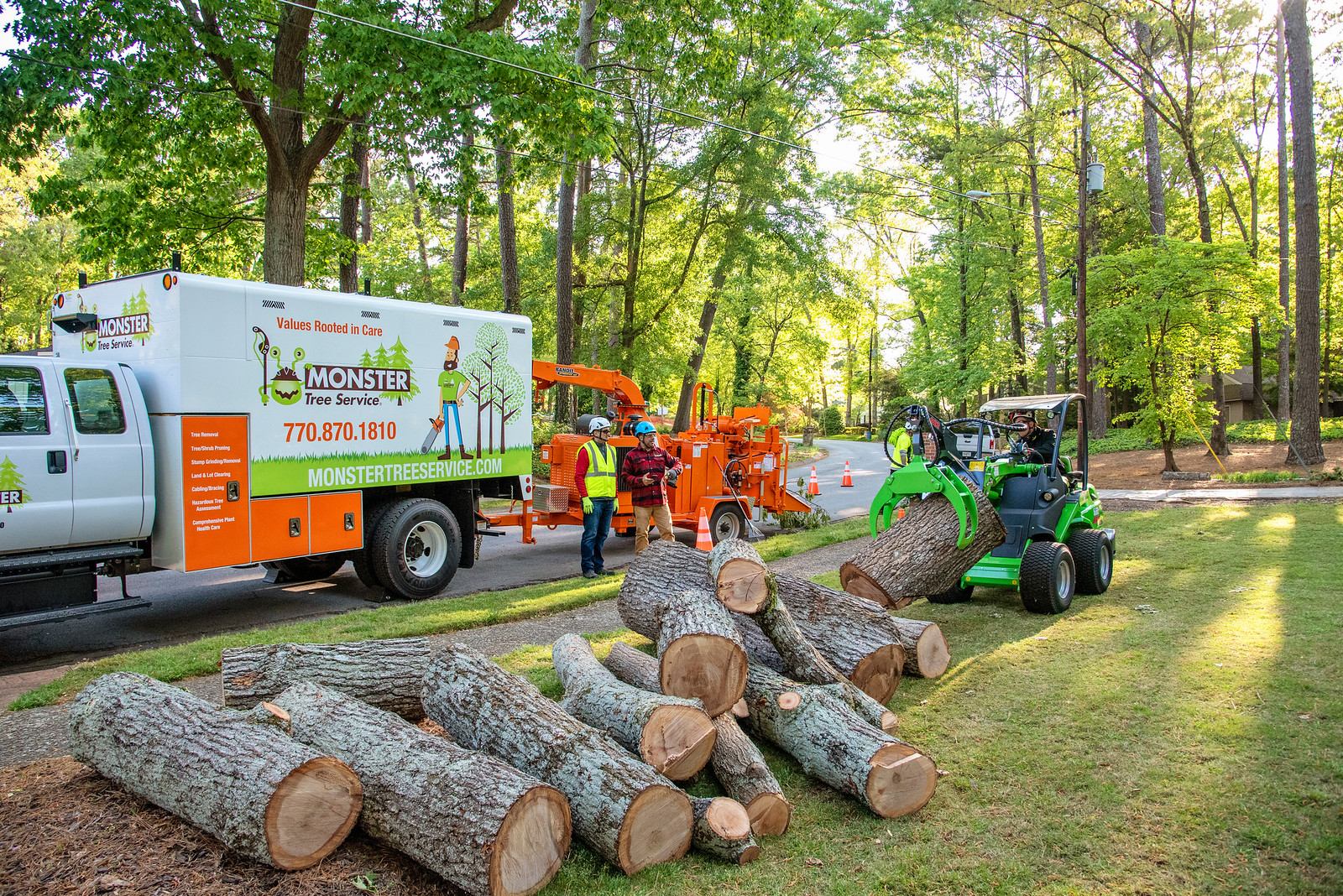Trees are not just elements of our landscape; they are crucial to our environment, providing coolness, air quality, and a habitat for countless species. As communities develop and urban environments enlarge, nurturing these majestic giants becomes ever important. Enter the tree care specialist—professionals in arboriculture who combine creativity with scientific knowledge to ensure tree health and protection. Whether it’s through trimming, inspecting, or disease management, certified arborists carry the expertise and tools to enhance our relationship with trees while protecting our surroundings.
Engaging a certified arborist is crucial for homeowners looking to maintain the wellness of their trees. These professionals bring a wealth of knowledge, allowing them to assess the condition of trees, recommend maintenance strategies, and tackle potential risks. Understanding the principles behind tree care is important, and arborists are equipped with the most current understanding and tools to deal with everything from cutting methods to insect recognition. In the following sections, we will explore the myriad benefits of working with arborists, the most common issues they tackle, and how they contribute to sustainable tree management in our constantly evolving world.
Significance of Certified Tree Specialists
Engaging a certified arborist is essential for preserving the well-being and security of trees in urban and countryside environments alike. Licensed arborists have specialized expertise and training that enable them to inspect tree conditions, determine diseases, and recommend appropriate maintenance. Their credentials confirms they grasp the complexities of tree healthcare, health care practices, and the correct methods for pruning and cultivating. This knowledge minimizes the likelihood of mismanaging trees, which can cause injury or significant property destruction.
Furthermore, certified arborists are trained to handle tree risks efficiently. Tree Service Nassau includes tree pruning to eliminate dead or unhealthy branches, cabling and bracing to support weak limbs, or comprehensive tree risk assessments, their skills guarantee that trees add value to the environment without representing dangers to community safety. In this effort, they play an integral role in the overall management and conservation of urban parks.
Employing a certified arborist is also a forward-thinking way to boost the overall health of your trees. With their expert advice, they can guide homeowners and property stakeholders on best practices for tree maintenance, such as proper watering, mulching practices, and pest management. By committing in the expertise of certified arborists, you merely safeguard the well-being of your trees but also foster environmental stewardship and the beauty value of your home.
Tree Wellness and Safety Measures
Upholding tree health is a fundamental aspect of an arborist's function, focused on guaranteeing that trees flourish in their environment. Arborists utilize their knowledge of tree biology and ecology to identify issues that may affect tree vigor. Regular inspections assist recognize early signs of stress, disease, or pest infestations, which can lead to more significant problems if not resolved promptly. By employing proper maintenance methods, such as trimming, feeding, and watering, arborists promote overall tree health and stop long-term damage.
Hazard prevention is another critical responsibility of certified arborists. They assess trees for structural integrity and potential risks, which is necessary in urban areas where trees can impact buildings, power lines, and human safety. Arborists use various techniques, including risk assessments and tree reports, to evaluate the likelihood of failure in branches or trunks. This preventive approach enables them to recommend corrective actions, such as cabling and bracing, or even removal in cases where safety is a concern.
In addition to individual tree care, arborists play a crucial role in teaching the public about the significance of tree maintenance for hazard prevention. By promoting knowledge of potential risks associated with unattended trees, they contribute to healthier communities. Arborists advocate for sustainable practices that not only protect trees but also enhance city environments, ultimately leading to healthier environments where trees can flourish and provide their many benefits.
Tools and Strategies of Arboriculture
Arborists employ a range of specific tools to efficiently manage tree health and safety. Among the most frequent instruments are power saws, which are vital for trimming bigger branches and even complete trees when necessary. Trimmers and long-handled clippers are necessary for more delicate work, permitting arborists to precisely trim minor branches and refine tree form. Additionally, climbing gear, such as safety harnesses and ropes, is essential for reaching high branches securely, allowing arborists to perform maintenance and evaluations at multiple heights.

In terms of methods, tree pruning is one of the most basic practices in arboriculture. Arborists apply particular pruning strategies, such as crown reduction, crown lifting, and crown reduction, customized to the tree species and the intended result. These methods encourage healthy growth, enhance light access, and lessen the risk of disease. Furthermore, tree support systems and bracing are employed for structural stability in trees with damaged or compromised branches, helping to avoid failure and prolong the tree's lifespan.
Comprehending tree science is also crucial in arboriculture. Arborists are skilled to spot different tree diseases and pests, employing evaluation tools to assess tree health. Techniques such as soil analysis and root inspection permit arborists to develop effective care strategies. By merging their understanding of trees with modern tools and techniques, arborists play a key role in sustaining the well-being and beauty of both urban and natural environments.
